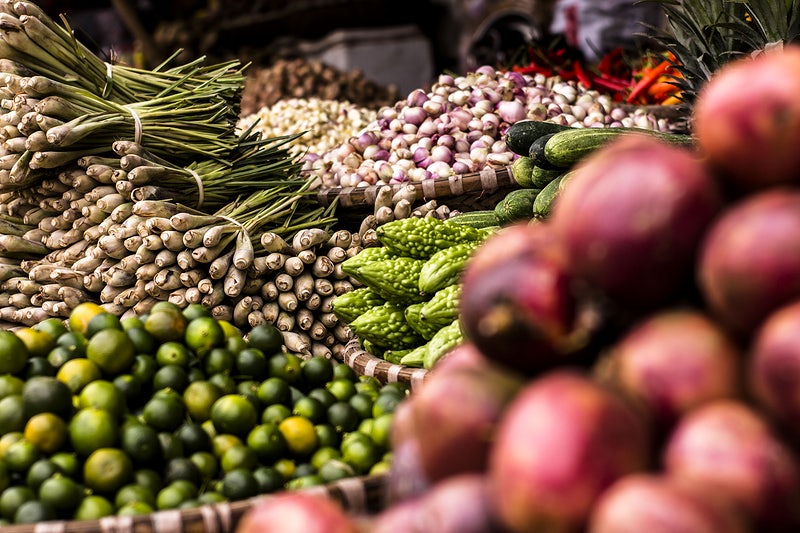
Colombia has been added to the list of countries experiencing acute food insecurity, according to the annual report by the Global Network Against Food Crises (GNAFC) in collaboration with the Food and Agriculture Organization of the United Nations (FAO), published on Wednesday, April 24th.
The document states that the resident population of Colombia suffers from “one of the highest levels of poverty, income inequality, and informal labor in the region, despite being a country with middle to high income levels and high governmental capacity to support the population.”
In total, 1.3 million people, or 3% of the resident population, faced severe levels of acute food insecurity, especially in rural areas where incomes are low and there is high vulnerability to external weather events. Additionally, 62% of the migrant or refugee population (2.9 million people) suffered from this scourge, including migrants forced to cross the dangerous Darien jungle on the border with Panama.
Food insecurity across Latin America
In Latin America, the continuous arrival of migrants and refugees to countries like Colombia, Peru, and Ecuador is a source of concern. The GNAFC indicates that Latin America faces a “significant displacement crisis,” with 12 million people forcibly displaced in the region.
The impact of the climatic phenomenon El Niño on sectors such as agriculture has impacted the food security landscape in countries like Venezuela, identified as concerning in recent editions of the report. Despite increases in cereal production in Venezuela, inflation remains a significant problem.
Countries with over a million people experiencing severe food crises in the region include Colombia, Guatemala, Haiti, Honduras, and the Dominican Republic. However, the situation has improved in countries like Honduras, Guatemala, or El Salvador, which experienced a “moderate decrease” in the number of people facing high levels of food insecurity, despite localized crop losses.
Overall, the percentage of the Latin American and Caribbean population immersed in food crises stood at 26.5% in 2023, slightly lower than the 27.3% in 2022. In contrast, global food insecurity worsened in 2023, with nearly 282 million people requiring emergency food and other basic needs.
Colombian initiatives to combat food insecurity
Currently, the Colombian government is implementing projects to improve food security in vulnerable sectors, such as the project led by the entity Prosperidad Social. This project is implementing 2,400 food production units for self-sufficiency (UPAA) in Wayuu communities in Maicao, Manaure, Riohacha, and Uribia. Through UPAA, the entity ensures supply and consumption of healthy foods in poor and vulnerable populations by promoting food self-sufficiency and healthy eating in various departments of Colombia.
See all the latest news from Colombia and the world at ColombiaOne.com. Contact our newsroom to report an update or send your story, photos and videos. Follow Colombia One on Google News, Facebook, Instagram, and subscribe here to our newsletter.

